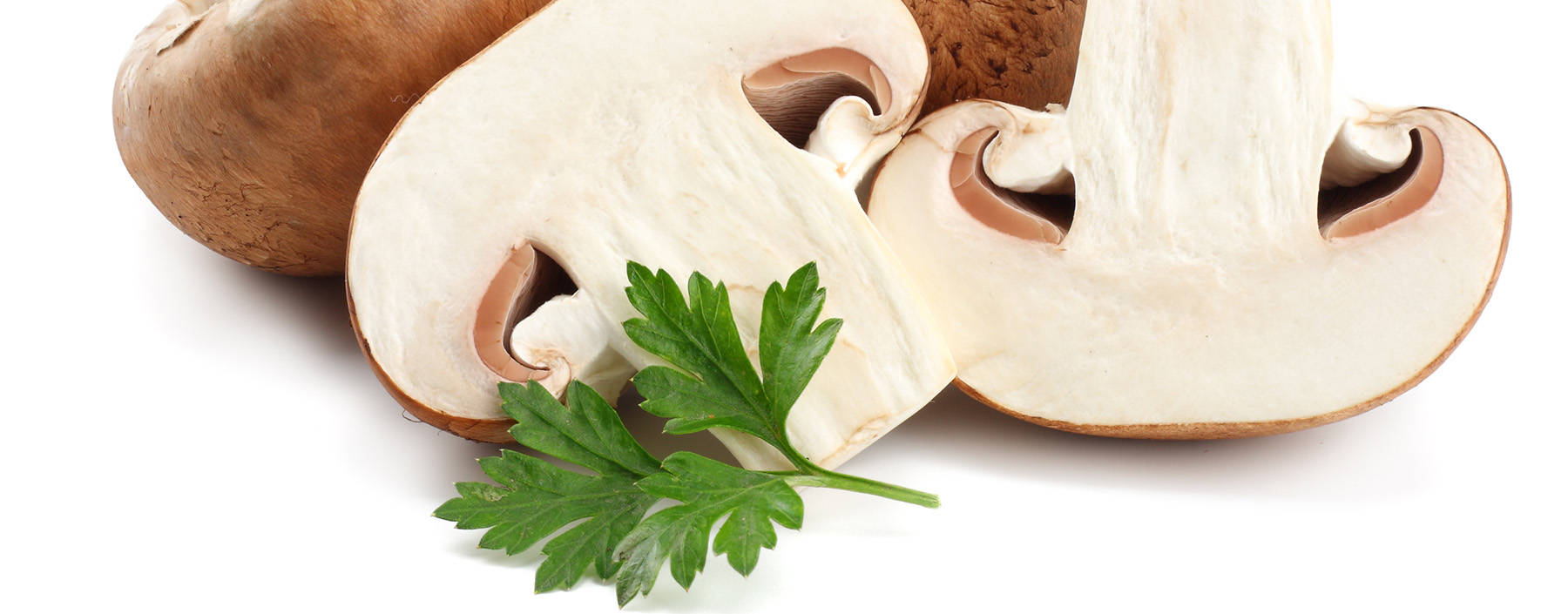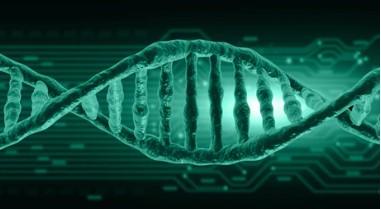Fungal culture collections provide a tremendous genetic resource. Mushroom-forming fungi are excellent models for studying fungal development, differentiation, genetic regulation, morphogenesis, and evolution. Conspicuous mushrooms and their associated nuclei allow a relatively easy study of many biological processes in the fungal life cycle. However, even though mushrooms have been used as food and medicine for thousands of years, their basic biology and genetics are poorly understood. Advances in molecular genetic techniques have facilitated the study of the molecular genetics of mushrooms. The driving force for molecular genetic studies on cultured mushrooms is threefold.
- First, the mushrooms we purchase in a few years may be genetically engineered varieties.
- Second, molecular approaches reveal markers that definition of strain similarities/relations with a resolution and certainty previously lacking.
- Third, the growth and outcome of these fungi remain a little known area of microbiology where molecular analysis is evolving much faster than traditional genetic/physiological studies.
 Fig. 1. Phylogenetic relationships and diversification across 5,284 mushroom-forming fungi. (Varga T, et al., 2019)
Fig. 1. Phylogenetic relationships and diversification across 5,284 mushroom-forming fungi. (Varga T, et al., 2019)
Services
The breeding system of mushrooms is very important and must be understood before hybridization and heterokaryosis can be performed in a controlled manner. As one of the leading providers of mushroom culture services, Lifeasible offers cutting-edge molecular genetics and genomics tools to provide a more in-depth and comprehensive analysis of mushroom gene regulation, genetic structure, development, and evolution. And comprehensive analysis of mushroom gene regulation, genetic structure, development, and evolution. The scope of our research has expanded from single-gene studies to genome-wide studies, from model mushrooms to mushrooms with nutritional and medicinal value.
Lifeasible offers a range of customized mushroom genetic services.
We provide molecular genetic markers for developing mushroom diagnostics and deciphering their functional diversity to enable marker-assisted selection for improved traits, comparative genome mapping, and exploration of fungal adaptations to different environments.
Mushroom cytogenetics is hampered by small chromosome sizes, lack of known sexual stages in many important species, and mitosis in the nucleus. Our Pulsed Field Gel Electrophoresis (PFGE) technique to determine mushroom genome karyotypes further helps you elucidate mushrooms’ genome structure.
We can sequence mitochondrial DNA (mtDNA) from mushrooms of different origins and study the localization of cloning probes. The availability of the mitochondrial genome of mushrooms will form the basis of genetic breeding programs and enhance our understanding of the evolution of the species.
Sexual selection plays an important role in the evolution of mushroom-forming fungi. We can test for the occurrence of sexual selection in the mushroom-forming Basidiomycetes.
Model species to help you interpret various mushroom traits.
The mating-type locus of mushroom fungi contains master regulatory genes that control recognition between compatible nuclei, maintenance of compatible nuclei as heterokaryons, and zygote development. We can analyze the complete genetic structure of the mating type locus of mushrooms of different origins.
We offer a variety of samples from different life cycles for the transformation of mushrooms by various methods, including Agrobacterium rhizogenes-mediated transformation, polyethylene glycol-mediated protoplast transformation, restriction enzyme-mediated integration, electroporation, etc.
In cultivated mushrooms, both ecological adaptation and artificial selection have driven their genome evolution. We aimed to dissect the genetic basis of mushroom adaptive evolution and to determine whether substrate-development-related genes are involved in adaptive evolution. Please do not hesitate to contact us . We look forward to a wonderful collaboration with you!
Reference
- Varga T, Krizsán K, Földi C, et al. (2019) Megaphylogeny resolves global patterns of mushroom evolution[J]. Nature Ecology & Evolution. 3(4): 668-678.
For research or industrial raw materials, not for personal medical use!


 Fig. 1. Phylogenetic relationships and diversification across 5,284 mushroom-forming fungi. (Varga T, et al., 2019)
Fig. 1. Phylogenetic relationships and diversification across 5,284 mushroom-forming fungi. (Varga T, et al., 2019) 





